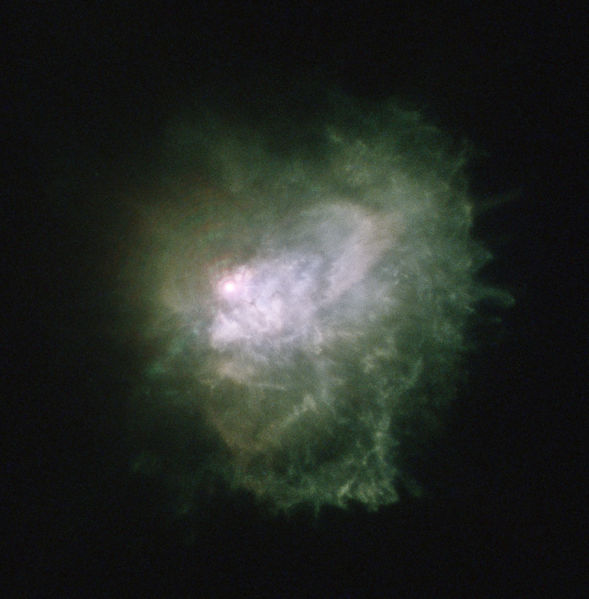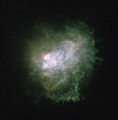Datei:VY Canis Majoris Ejecta Shell.jpg

Originaldatei (624 × 635 Pixel, Dateigröße: 176 KB, MIME-Typ: image/jpeg)
Dateiversionen
Klicke auf einen Zeitpunkt, um diese Version zu laden.
| Version vom | Vorschaubild | Maße | Benutzer | Kommentar | |
|---|---|---|---|---|---|
| aktuell | 13:50, 22. Feb. 2014 |  | 624 × 635 (176 KB) | wikimediacommons>Flickr upload bot | Uploaded from http://flickr.com/photo/54209675@N00/10713189953 using Flickr upload bot |
Dateiverwendung
Die folgende Seite verwendet diese Datei: